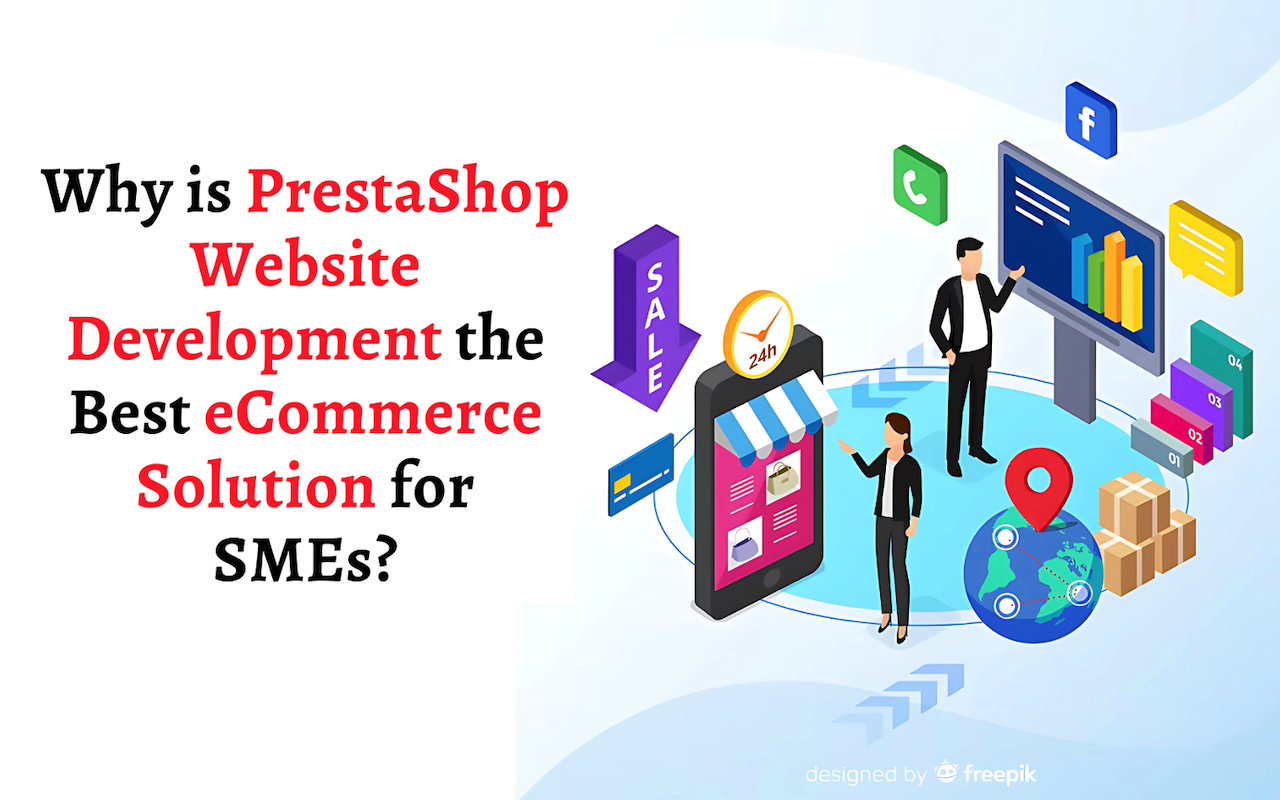
Ever thought about turning your creativity into a successful online store? Picking the right products is key, but it can feel like trying to pick the perfect song for a road trip—too many choices, but not all of them will hit the right note.

Ever thought about turning your creativity into a successful online store? Picking the right products is key, but it can feel like trying to pick the perfect song for a road trip—too many choices, but not all of them will hit the right note.

Buying behavior has changed significantly over the past twenty years. What began as a basic concept—an online transaction—has evolved into a powerful industry that has reached every corner of the world. E-commerce development is not just a passing trend; it reflects how consumer behavior, business needs, and technology have come together to create a new norm.

Ecommerce is a 24/7 operation and you need it to run smoothly. Whether it’s a cart glitch at midnight or a refund request on Sunday morning, shoppers expect quick, helpful responses every time. Meeting that kind of demand personally becomes very difficult to scale after a while.

Just imagine a scenario where you are sleeping and waking up to your phone’s buzzing, not with the social media notifications but with new orders, real money and real customers, all while you are still in your pyjamas. Boom!! What a wonderful dream, isn’t it? But, what if this can be true? Wondering how!? But yes, with the power of a well built ecommerce website!

In the rapidly evolving digital landscape, e-commerce and online marketplaces have become integral components of the global economy. As businesses and consumers increasingly rely on these platforms for buying and selling goods and services, the need for secure online transactions has never been more critical. This article delves into the distinctions between e-commerce and online marketplaces, exploring their unique business models, benefits, and challenges. Furthermore, it highlights the paramount importance of security in online transactions and examines the role of technology in fraud detection, ensuring a safe and trustworthy environment for all participants.

Online shopping is what most people opt for these days. If you can get packages to your customers without hiccups, it’s what really keeps businesses ahead of the game. Mistakes with addresses can actually mess up your deliveries, cost you money, and even annoy your customers when things go wrong.

Running an Amazon store sounds simple—until you are knee-deep in listing updates, customer complaints, inventory issues, and PPC tweaks at 2 a.m.

Your online store feels outdated, not because of your products, but because shopping itself is changing. Customers now expect stores to anticipate their needs, answer questions instantly, and make buying effortless.

In 2024, McKinsey projected up to $4.4 trillion in annual value from generative AI across 63 enterprise use cases—from pricing to customer ops. But those models can’t work without clean, structured product data from outside your company. And that data lives on e-commerce websites—fragmented, constantly changing, and often unavailable via API.

The growing surge of businesses, especially SMEs, towards the lucrative e-commerce market is widely evident. Factors like better market reach, lower entry barriers, and data-driven insights drive this shift significantly. These all make the transition to the e-commerce industry essential for growth.